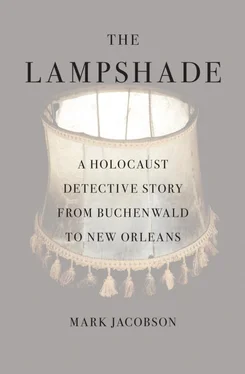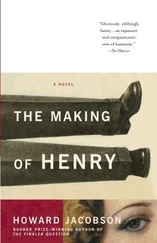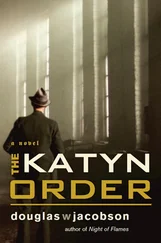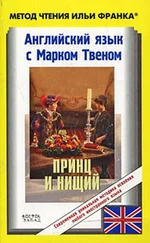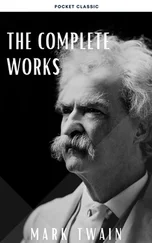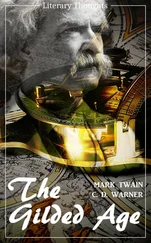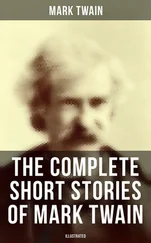These questions seemed intriguing, so when Berman called me to say he was inviting me to Shabbos lunch and that several interesting people would be there, it was easy to say yes. It was a good thing, too, being at Robby Berman’s house for Shabbos and spending several hours talking to Uriel Simon, the seventy-eight-year-old professor emeritus of biblical studies at Bar-Ilan University and longtime peace advocate, about whether God’s obsessive call to Saul to kill all the Amalekites and “to blot out the memory of Amalek from under heaven” constituted true genocide or not. It seemed a perfectly normal conversation to be having on a Saturday afternoon, pretty much the conversation I would be having at Shabbos lunch if I were a liberal-minded Israeli, hard-pressed to keep morally and politically sane in present-day Jerusalem.
Yeah, I said to myself later on, in my hotel bed, when people are building walls, barriers that must be adhered to regardless of what you might think of their legitimacy and legality, choices eventually must be made. Perhaps it was cowardice, or sheer convenience, but you go where you’re wanted. It wasn’t that I couldn’t imagine a Palestinian inviting me to lunch, even Shabbos lunch. It just didn’t seem like it was going to happen, not here, not now.
But was that really enough? “What do you think, Zig?” I addressed the lampshade. “That enough to make you draw the line, between us and them?”
It was such a drag the way particularism had all the logic on its side. This was just the way things worked. But I didn’t like it. To accept a wall was to accept the iron gate shutting behind you at Buchenwald: Jedem Das Seine, to each his own. But you didn’t have to give in, did you? No, you didn’t. You could keep yourself open, a citizen of the universe.
“Isn’t that right, Ziggy?”
I don’t know how long this went on, but I must have fallen asleep eventually because the sunlight was streaming through the curtains when the phone rang and woke me up. It was Avi Domb. His forensic people hadn’t been able to find out anything new about the lampshade. “I’m sorry about this,” Domb said. “I honestly thought we could make some progress. But apparently we can’t beat what you already have. Your lab is good. My person said, ‘If this was our case, we might have had to send it someplace like that ourselves.’ So it looks like the lampshade will have to remain a mystery a while longer.”
He apologized again, wished me a good trip home, and hung up.
A couple of nights later, having purchased a number of “Guns and Moses” and “Uzi Does It” T-shirts in the Old City market, I was at the airport with the lampshade. It was the usual Israeli security question-and-answer period. A sweet-looking woman in her twenties asked me where I was from, if I was bar mitzvahed, and at what temple. Then she handed me off to another group of officers who did their visual scans of the luggage and asked if I was in the antique business. I told them no.
“You always travel with lampshades?” one officer asked, with a smile that told me lying was useless.
“Just this one.”

FOURTEEN

The idea that the lampshade should be buried in New Orleans took hold in the days before the third anniversary of Katrina’s landfall.
After months of delay, the city was rushing to finish a memorial to the hurricane victims at the north end of Canal Street, in the section of the old Charity Hospital Cemetery formerly used as the municipal potter’s field. It was here, at the last stop of the streetcar marked “Cemeteries,” that the last eighty-two unidentified or unclaimed storm victims would find their final rest.
The journey “home,” as they say, had not been easy or quick for these mostly anonymous souls. In early 2006, five months after the storm, the dead were stored inside refrigerator trucks at the large federal morgue near St. Gabriel in Iberville Parish, seventy miles west of New Orleans. The feds were pushing to bury these bodies in a four-acre field out in the Cajun countryside, but Mayor C. Ray Nagin protested. “I told them we cannot be burying New Orleanians outside of New Orleans,” Nagin said. Turned over to the city, the unclaimed corpses were moved to a downtown warehouse where they would remain for the better part of the next two years. Eventually, after much discussion and alleged foot-dragging, enough public and private money was raised to build the Canal Street memorial, which consisted of six black granite mausoleums arranged about a central circle built to represent the eye of a hurricane.
The burial ceremony, timed to coincide with the Katrina anniversary, would be split into two sections. On the first day the vast majority of the bodies, seventy-five of them, would be interred. According to the planners, primarily a consortium of largely black-owned funeral homes in conjunction with Frank Minyard’s coroner’s office, this was to be a “semi-private” occasion. Local press were not invited. The next day was scheduled as the public section of the program. The remaining seven bodies would be laid to rest amid solemn municipal fanfare under the banner of the “One New Orleans,” a city hall initiative largely deemed to be a government-funded promotional vehicle for Mayor Nagin, who was scheduled make the keynote speech.
Aimed at providing what the mayor called “some closure to this challenging chapter in the history of our great city,” the memorial was subject to last-minute uncertainty. This being the season, another storm, Gustav, was making its way into the Gulf of Mexico. As Nagin made clear, the new tempest had the potential to make Katrina seem like a mere capful of wind. Calling Gustav quite possibly “the storm of the century, the mother of all storms,” Nagin announced that he would be ordering a mandatory evacuation along with a dawn-to-dusk curfew. With reminders of the Katrina disaster still present throughout the city, few residents, even those prone to drunken bravado, were talking of riding out this new storm.
“Katrina and Gustav, together again in unholy matrimony,” Skip Henderson cried out as he went about triaging his dwindling number of prized possessions in preparation for fleeing the beloved city yet again. “Why don’t they just call them Adolf and Eva? Nazi hurricanes!”
As Gustav’s deadly vortex churned northward through the Gulf, August 28, 2008, dawned clear and hot in New Orleans. It was barely seven a.m. and the temperature was already past eighty. On upper Canal Street, lined up as far as the eye could see, sat long, black hearses, idling in the early morning sun, air conditioners humming. The few drivers standing outside their vehicles, attired in their black funeral suits and peaked caps, dabbed away sweat with oversized white handkerchiefs. An edge was in the air, with everyone anxious to send these last victims of Katrina to a better place before the next fresh batch of Hell hit. Yet there was a holdup. The landscapers hired to prepare the memorial weren’t quite finished. They’d worked through the night, under floodlights, but there was still plenty of sod to lay.
That was post-Katrina New Orleans for you, said Stephanie Rhodes-Navarre, as we sat talking in her charming apartment on upper Esplanade Avenue. “Poor souls out in the wilderness for three years, and these fools are putting down grass.”
Sharp as a tack and stylish with a blond rinse on her short-cropped Afro, Ms. Rhodes-Navarre, along with her three sisters, Sandra Rhodes-Duncan, Joan Rhodes, and Kathleen Rhodes-Astorga, own the Rhodes Funeral Home. Founded by Duplain W. Rhodes, in 1884, operated by their father, Duplain W. Rhodes Jr., for five decades, the Rhodes Home remains among New Orleans’s most iconic family businesses, thanks in no small part to the status of the funeral home in the African-American community. In places like New Orleans, death was as segregated as everything else, making undertaking a singular pathway to social and monetary success for an ambitious black businessman.
Читать дальше
